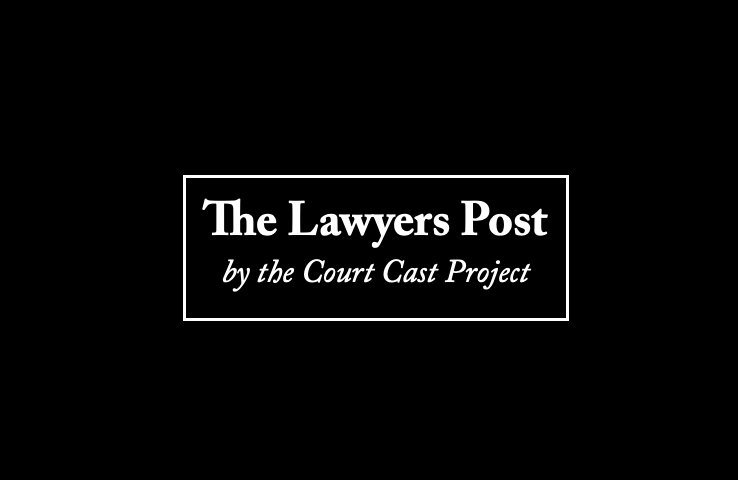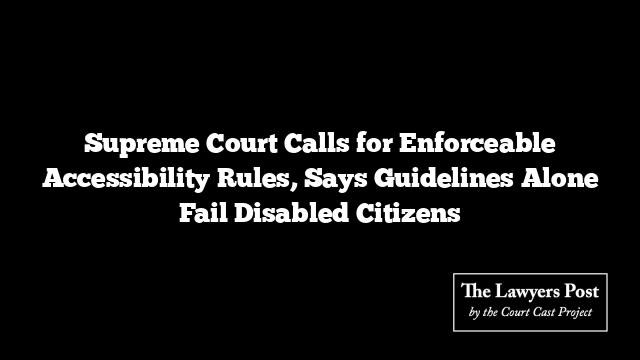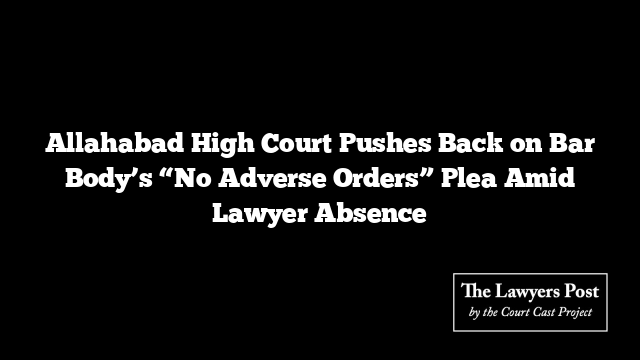In a decisive ruling, the Supreme Court has directed the Union government to replace current self-regulatory accessibility guidelines with strict, mandatory rules under the Rights of Persons with Disabilities (RPWD) Act and its 2017 Rules. This judgment stems from a case filed by human rights activist Rajive Raturi, seeking better accessibility standards, especially for visually impaired individuals in public spaces, transportation, and facilities across the country.
The ruling, delivered by Chief Justice DY Chandrachud and Justices JB Pardiwala and Manoj Misra, pointed to significant gaps between the RPWD Act’s requirements for enforceable accessibility and the 2017 Rules’ flexible, non-mandatory framework. The Court cited a report by the Centre for Disability Studies at NALSAR University, which noted that many of the 2017 Rules are framed as guidelines rather than compulsory standards, thus failing to create a legally binding “floor” for accessibility.
“We hold that aspirational guidelines cannot replace the mandatory compliance envisioned by the RPWD Act,” the Court stated. “Setting a ceiling for accessibility without a foundational floor only weakens the structure.” Rule 15 of the 2017 Rules, they argued, effectively misclassifies core standards as optional guidelines, allowing for variable enforcement that undermines the original intent of the RPWD Act.
Under the ruling, the Union government has three months to revise these rules to establish unequivocal standards, ensuring that accessibility is non-negotiable. NALSAR-CDS will assist in reviewing and categorizing the rules to differentiate binding requirements from flexible guidelines. Additionally, the Court ordered that authorities nationwide enforce compliance by withholding building completion certificates and issuing fines for any violations.
This mandate underscores the Court’s stance that accessibility must no longer be subject to progressive or optional implementation but instead be viewed as a critical, enforceable standard for public infrastructure.





